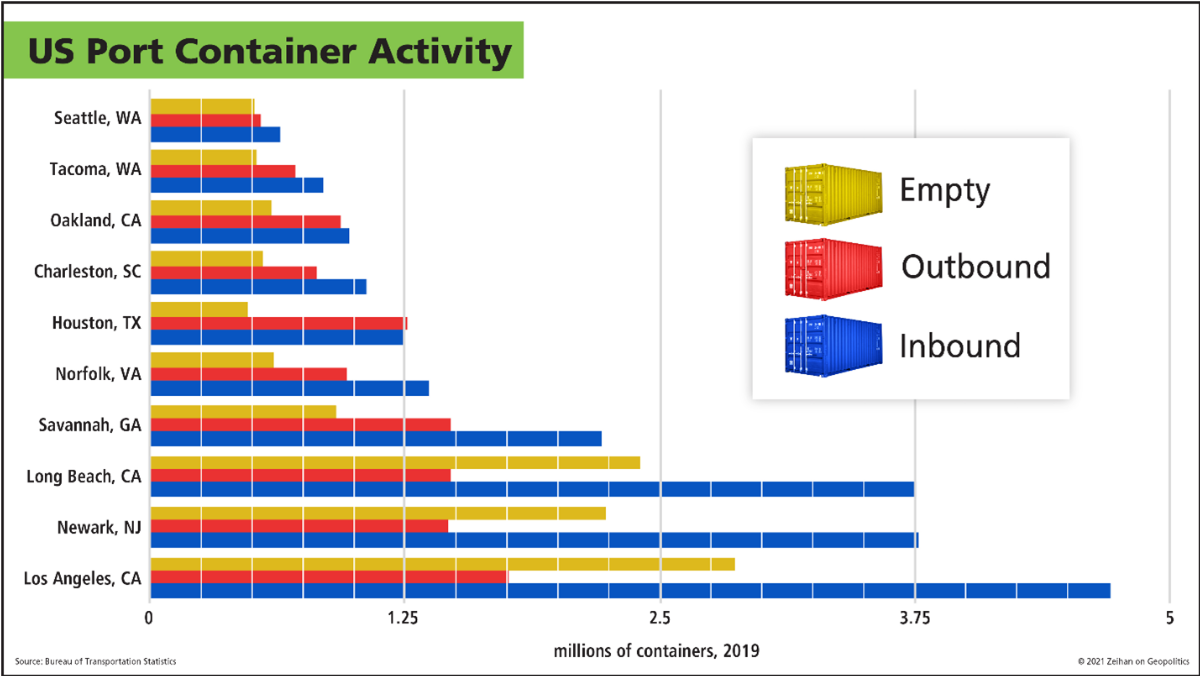Anyone try to buy anything recently? Like, anything?
Throughout northern Mexico, parking lots full of finished automobiles (that are just waiting for a few semiconductors) have become common. Year-on-year prices for used cars are up 25 percent — a hands-down record. New models of televisions and consumer electronics are simply not happening this year. If you haven’t finished your Christmas shopping already, then ha! It is probably too late.
Let’s make this about me for a moment:
- Last May a jihadist dove attacked one of my windows. I immediately ordered a replacement pane, which still hasn’t arrived.
- I installed a heating system over the summer, but the control module that enables me to turn the heat on has now been on backorder for four months.
- The publication of my next book, The End of the World is Just the Beginning: Mapping the Collapse of Globalization, might be delayed because of difficulty importing the materials needed to produce paper.
There are any number of factors feeding into these problems: COVID complications, labor shortages, changing regulations, whipsawing demand patterns, container shortages. One that is a bit louder are port bottlenecks.

The issue is that most of America’s product imports come via container, and ports’ abilities to handle containers simply cannot ramp up to meet demand. Not that they can’t ramp up fast enough, they cannot ramp up at all. Every port specializes in specific sort of cargo, and when they are at 100% capacity, they are at 100% capacity. California’s regulatory and efficiency issues notwithstanding, if you don’t have the infrastructure in place, you don’t have the infrastructure in place.
The results are not simply bottlenecks at the ports, but backlogged shipments going back onto the ships as well as snaking through the entire road-and-rail system. Each problem has generated more which have merged together into an interlocking mess of meh. Crazy thing is, even if all of this could be magically fixed, we would still be facing supply shortages until at least mid-2023.
Join Peter Zeihan Wednesday, November 19 for the second in a three-part series on the here, now, and soon-to-be of the American and global economies. Part II: Supply Chains No More will focus exclusively on the products shortages plaguing us all.
REGISTER FOR SUPPLY CHAINS NO MORE
Also in this series:
Part I: Wither the Workforce
Wednesday, November 17
REGISTER FOR WITHER THE WORKFORCE
And coming soon,
Part III: The Face of Inflation
Wednesday, December 1








